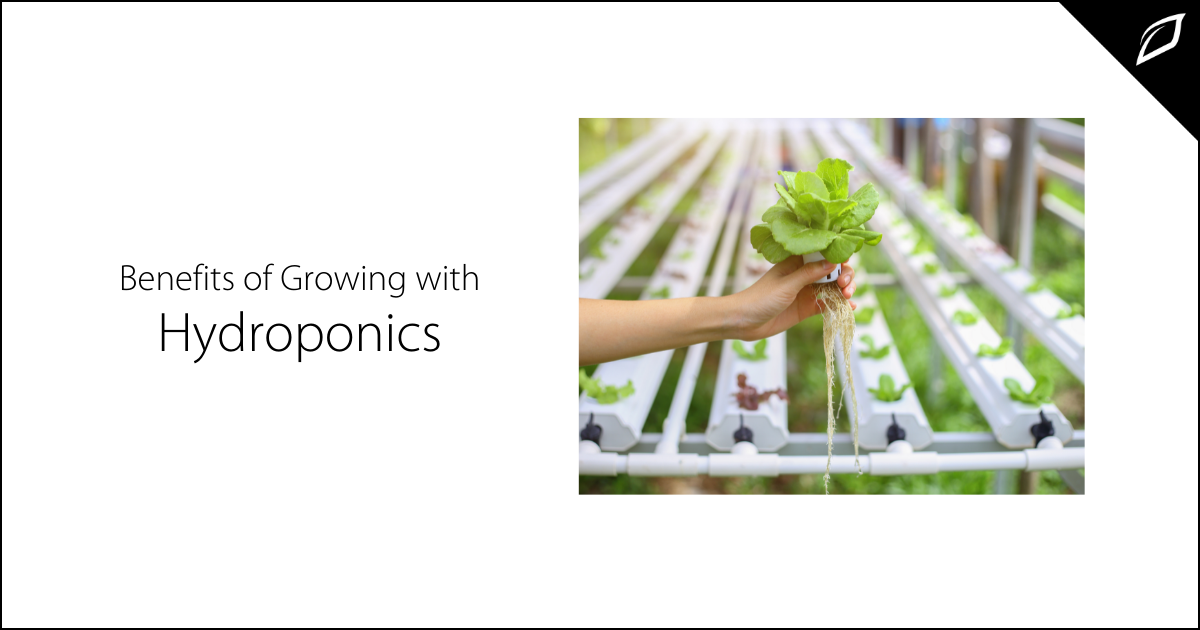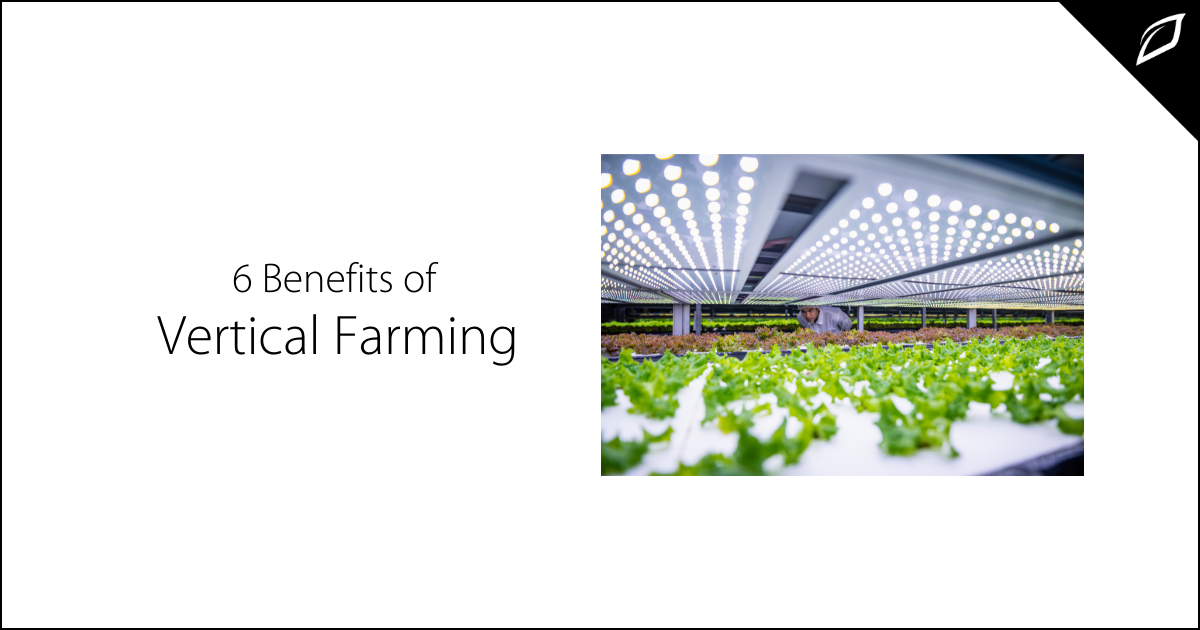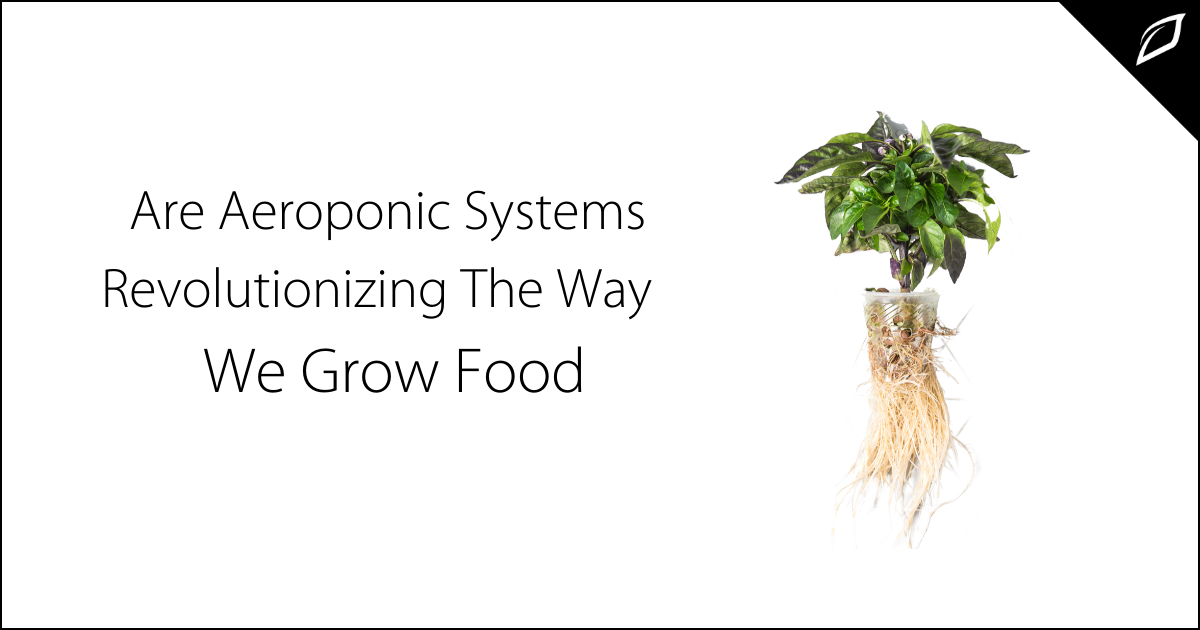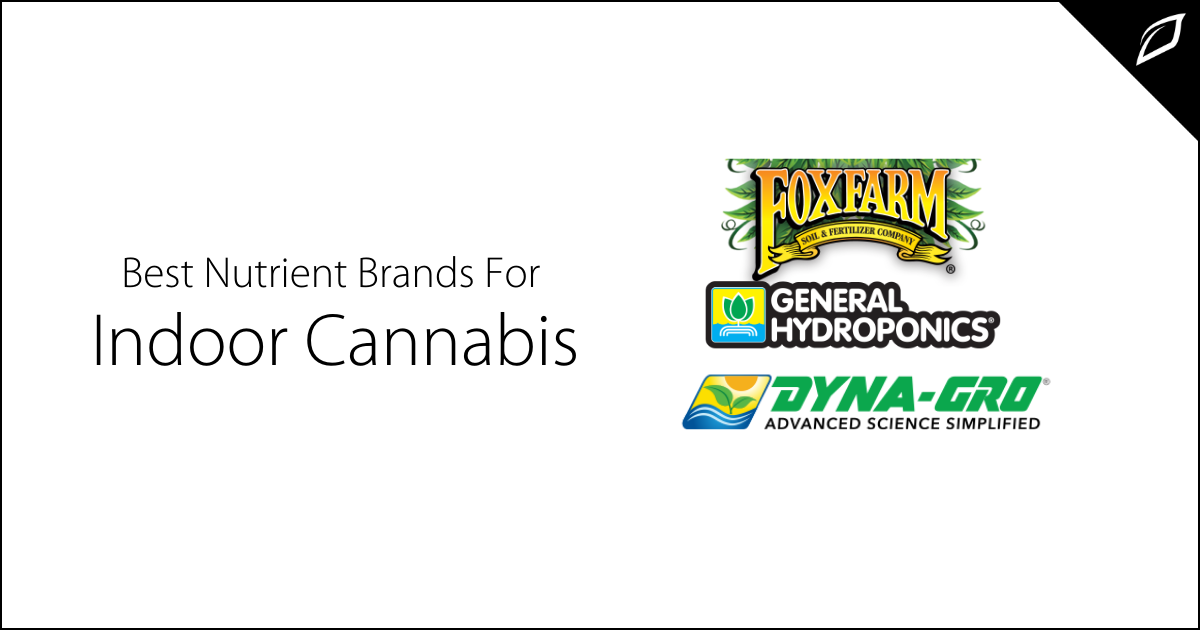6 Benefits of Vertical Farming
Producing large quantities of quality crops year-round using advanced vertical farming methods is becoming increasingly popular. Whether it's in a...

Growing crops utilizing the hydroponics method of growing has become increasingly popular in the last 20 years. It's been around for centuries and dates back to ancient civilization; read more about the history of hydroponics here. But times have changed, and the current understanding of the science behind hydroponics allows us to grow larger yields with fewer resources. Where we grow crops is constantly evolving and changing. Vertical farming, indoor farming, and climate-controlled greenhouses are increasingly becoming popular methods of growing. And just like where we grow changes, how we grow does too. Let's examine the ways that growing with hydroponics can be beneficial.
What is hydroponics?
Hydroponics is a growing method in which plants are grown directly in water, eliminating the need for soil or other substrates. The water is typically enhanced with plant nutrients that the soil would generally provide, like nitrogen, potassium, and phosphorus. There are roughly seventeen organic elements required for plants to thrive, along with additional trace elements.
Benefits of Hydroponics
Whether you're growing with hydroponics indoors or in a greenhouse, growers realize many benefits with this method of growing. Let's examine them.
Less Space Required - If you really want to get the best bang for your buck, try vertically stacking your hydroponics growing. By growing up instead of out, you use much less space than traditional methods of growing. These systems are typically easy to install but do require maintenance, so research before you buy.
Reduced Resource Waste - Using hydroponics for growing your crops means you'll use fewer resources like water and fertilizers. Traditional field crops waste massive amounts of water. Hydroponics systems can recycle water, ensuring no money is wasted on water or nutrients.
Less Transportation Time - Because hydroponics can be utilized indoors or in a greenhouse, crops can be grown year-round and closer to urban cities, lessening the time and money needed for transportation. This results in saving money but also provides consumers with better quality food and goods.
Larger Plant Yields - Being able to harvest all year means you'll see an increase in yields. But harvesting all year is only part of the increase; growing with hydroponics will produce larger fruits and vegetables. Since crops grown using hydroponics are spaced together more densely, they use far less land than traditional growing methods. In addition, many sophisticated systems monitor things like pH levels in the water, nutrient content, electrical conductivity, etc. These insights allow growers to get the most out of their plants by dialing in the best combination of nutrients, water, C02, and VPD.
Bottom Line
There are many types of hydroponics growing methods. Choosing the right system for your growing space, budget and location require additional research. Be sure to go with a company that has robust customer support to ensure that your grow keeps thriving.


Producing large quantities of quality crops year-round using advanced vertical farming methods is becoming increasingly popular. Whether it's in a...

According to one recentreport, the aeroponics segment will experience growth of over 21 percent from 2017 to 2024—the largest compound annual growth...

Plant nutrients or fertilizers mimic the natural amount of nutrients found in soil, often with some added benefits. Since growing cannabis indoors is...